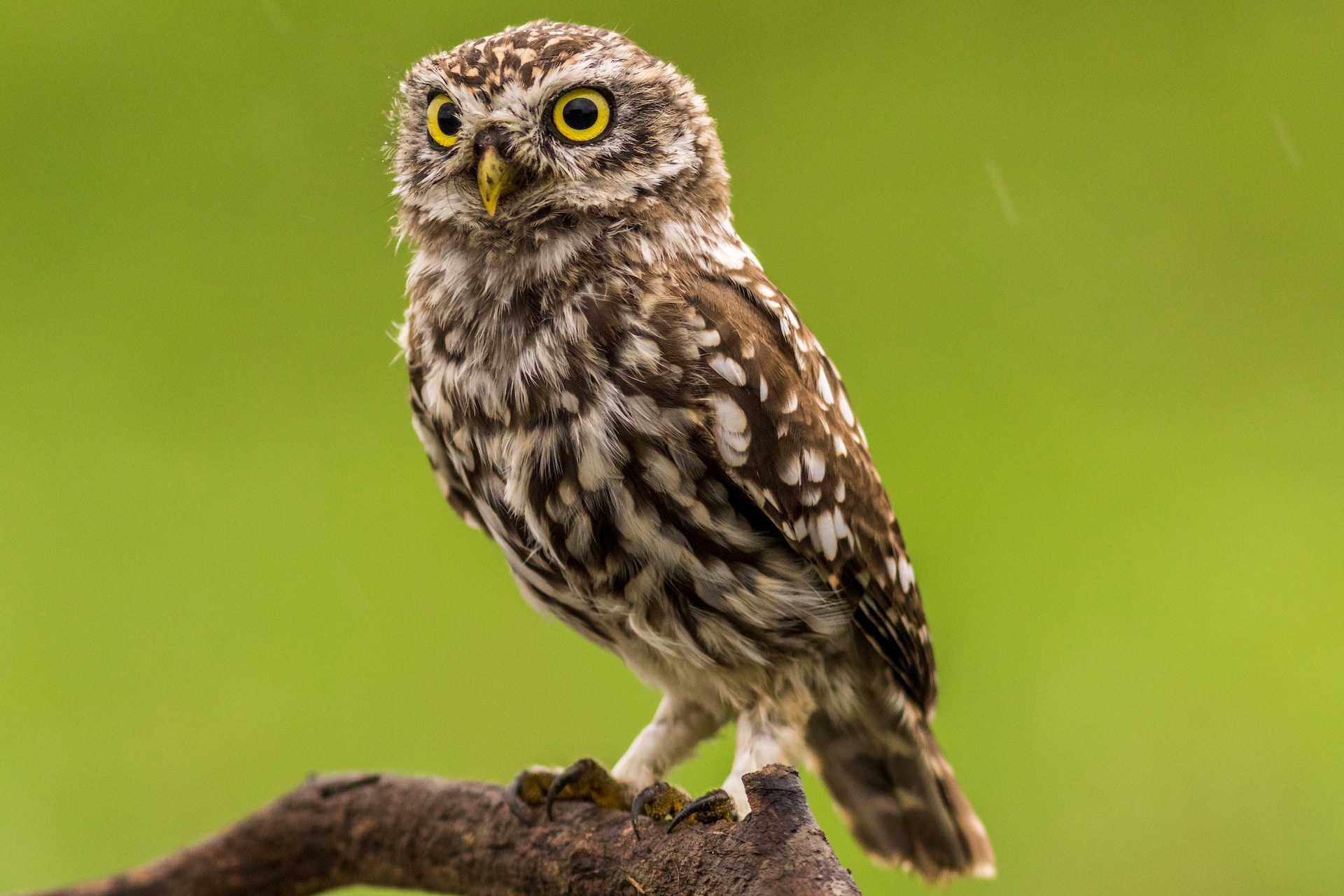Choosing the Right Plants
Creating a vibrant landscape that owls find attractive begins with a carefully designed selection of plants. Owls favor an environment rich in vegetation, which offers shelter from prey and predators alike. These enchanting creatures find comfort in lush gardens, with the foliage providing essential cover for hunting or escaping the harsh sunlight at dawn.
Potential plants that attract owls include evergreen trees like spruces, pines, and firs which provide year-round shelter. Additionally, trees like the white oak or hickory that develop hard-shelled fruits attract numerous small mammals, a primary food source for owls. Planting clumps of native shrubs such as elderberry and raspberry also draw small birds and insects, enticing owls to visit your garden.
The arrangement of these plants matters vastly. A combination of trees, shrubs, and grasses provides diverse habitat layers favored by owls. Tall trees provide nesting and roosting sites while medium-sized shrubs ensure sufficient cover for hunting. Grasscovered understory, ideally with patches left to grow tall, offers shelter to small mammals, effectively turning your garden into a desirable haven for owls.
Installing Owl-Friendly Infrastructure
Simply offering a plant-rich environment is not enough to attract owls. Installing specific owl-friendly structures enhances the chances of these majestic birds gracing your garden. Features like owl nesting boxes and basking platforms make your garden more appealing, providing a safe place for owls to lay and raise their young.
Owl boxes can be home-made or commercially available. These habitat initiatives simulate tree cavities, a favorite nesting site for many owl species. Boxes should be sturdy, of appropriate size, and with a large enough entrance for the specific owl species you intend to attract. Once your box is ready, install it high in a tree or on a pole in a quiet part of the garden. Remember, owls prefer seclusion.
Maintaining these structures is crucial. Regularly check the boxes for any damages or unwanted guests. Make sure they are clean, sturdy, and safe. Additionally, owls can be sensitive to harsh chemicals, so if the infrastructures need a clean, ensure you use non-toxic cleaners.
Providing Food for Owls
Understanding what constitutes an owl’s diet is key to attracting them. While it varies based on species, most owls in North America favor small mammals such as mice and squirrels. Some, like the Barred Owl, are known to indulge in fish and amphibians, while others like the Screech Owl may include insects in their diet.
Naturally attracting the food source of owls can turn your garden into a preferred hunting ground. Growing plant species that attract rodents or insects can cater to the dietary needs of different owl species. Leaving a section of your garden wild and undisturbed can be a sanctuary for small creatures, serving as a live buffet for owls.
Inviting owls to your garden is more than just about admiring their mysterious beauty. It also offers the benefit of natural pest control. Owls help regulate populations of rodents and insects, contributing to maintaining a balanced ecosystem.
Providing Water Sources for Owls
Like all creatures, owls need water for survival. Providing a clean, fresh water source is a guaranteed way of attracting and retaining these birds in your garden. A pond or birdbath can serve the purpose, provided it’s accessed safely and easily.
A shallow, gently sloping bath or a pond with a rough slope encourages owls to quench their thirst or bathe. The water source should be spacious enough to accommodate owls of different sizes. Also, place a few flat stones where owls can perch and safely scout the surroundings before grappling with water.
The water sources should be cleaned regularly to prevent the buildup of algae or fungi that can be harmful to owls. During winter, ensure the water sources are not frozen. A heater can be used to ensure owls have access to water all year round.
Creating a Safe Environment for Owls
The safety of your resident owls is paramount. Potential threats to owls in your garden might come from domestic cats, vehicular traffic, or rodenticide-poisoned prey. Understanding these threats offers you a chance to design a garden that provides safety alongside the food, water, and shelter that owls need.
Keeping domestic cats indoors, especially during owl active hours, can help protect owls. Consider reducing clutter close to the road boundaries of your garden to prevent owls from hunting in traffic-prone areas. Also, avoid using rodenticides to control rodents as residual toxins can poison owls consuming the affected rodents.
Ongoing monitoring of your owl-friendly garden is mandatory. This allows you to make timely adjustments such as replenishing food and water, ensuring the structures are safe, and tackling any potential threats to the owls. A garden that meets these needs is sure to become a homestead to these mystical, nocturnal birds.

